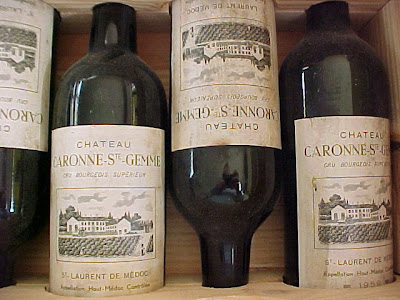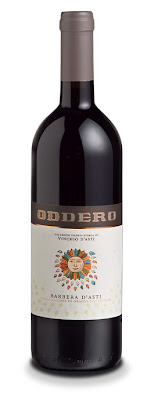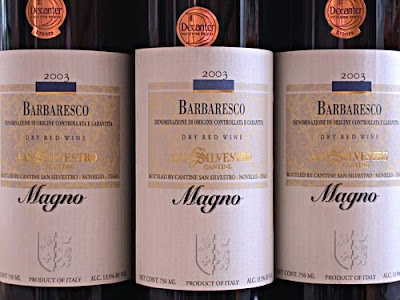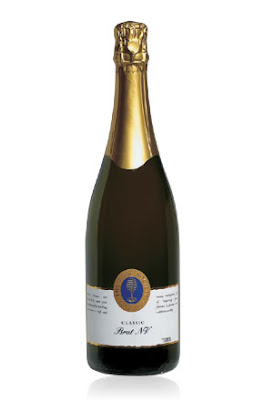
Non-vintage, vintage, and prestige Literally meaning “white of whites,” this wine is produced entirely from white Chardonnay grapes and possesses the greatest aging potential of all Champagnes. Blanc de blancs may be made in any district of Champagne, but the best examples come from a small part of the Côte des Blancs between Cramant and Le Mesnil-sur-Oger. If consumed too early, a classic blanc de blancs can be austere and seem to lack fruit and generosity, yet with proper maturity this style of Champagne can be very succulent. Given a few years’ bottle aging after purchase, most blanc de blancs develop a toasty-lemony bouquet together with intense, beautifully focused fruit. If the first blend of Lenoble’s nonvintage Cuvée Les Aventures (1990/5/6) is anything to go by, it will be fighting for a place in the top 10 nonvintage blanc de blancs.
I Nonvintage Billecart-Salmon • Boizel • Bonnaire • Gaston Chicquet • Delamotte • Pierre Gimonnet • Moncuit • Joseph Perrier • Jacques Sélosse (Tradition) • Vilmart & Cie • Vintage Billecart-Salmon • Bonnaire • Deutz • Duval-Leroy • Pierre
Gimonnet (Collection en magnum) • Jacquesson (Avize) • Henri Mandois (Chardonnay Brut) • Le Mesnil (Vigne Sélectionnée) • Pol Roger • Louis Roederer • Prestige cuvée Boizel (Joyeau) • Deutz (Amour de Deutz) • Charles Heidsieck (Cuvée de Millénaires) • Krug (Clos du Mesnil) • Ruinart (Dom Ruinart) • Salon (“S”) • Taittinger (Comtes de Champagne)












